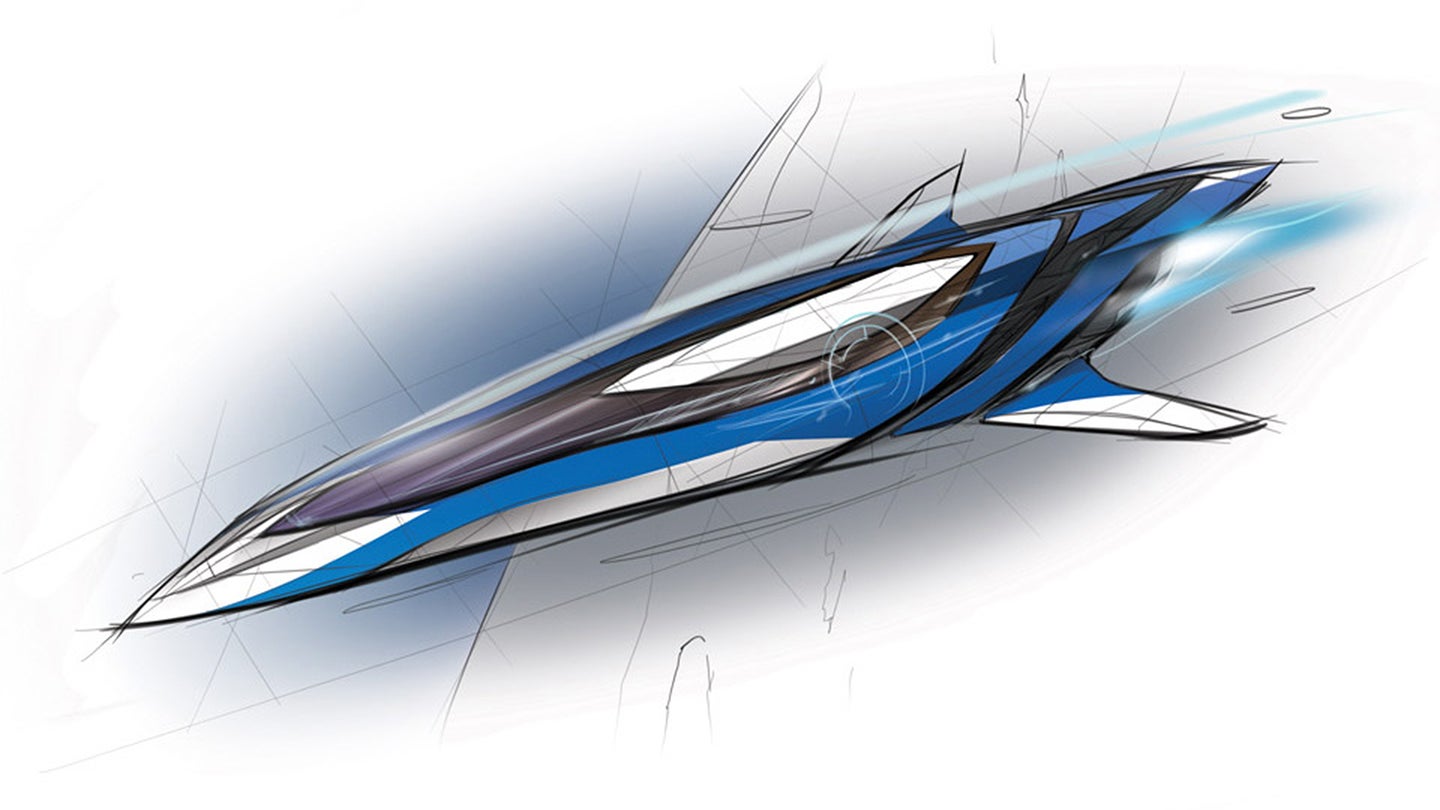Hypersonic Passenger Planes Could Be Here in 10 Years, Boeing CEO Says
For when you absolutely need to get to Asia in less time than it takes to watch Apocalypse Now.

Supersonic commercial air travel may seem like the next big thing in civilian aviation these days, but Boeing believes dawdling along at Mach 2 just won't cut it for the rush-rush travelers of tomorrow. Hypersonic speeds, according to company, are where the future is at. And that future isn't as far away as you might think, according to the aircraft manufacturer's head honcho.
"I think in the next decade or two you're going to see them become a reality," Boeing CEO and chairman Dennis Muilenburg told CNBC, referring to hypersonic passenger jets.
According to CNBC, Boeing believes hypersonic people-carriers capable of blasting between America's East Coast and China in two hours could serve a valuable role for a small number of travelers willing to, presumably, pay out the wazoo to go halfway across the planet in less time than it takes to watch a long in-flight movie.
Hypersonic speeds, traditionally, are defined as velocities between Mach 5 and Mach 10, which correlate to speeds between about 3,800 and 7,700 miles per hour at sea level. (The speed of sound varies greatly with altitude, due to the change in air pressure.) By contrast, the bullet from an M16 rifle travels at roughly 2,000 mph.
While supersonic passenger planes have been around, albeit in limited use, for more than half a century—in fact, Boeing nearly brought a 277-passenger, Mach 2.7 jet called the 2707 to production in the 1960s—hypersonic air travel has largely remained in the experimental phases for decades. Only a handful of manned aircraft have ever broken past Mach 5 to reach the hypersonic realm, most of them piloted by astronauts. (Indeed, many pilots became astronauts behind the stick of such aircraft, as their flights passed beyond the Karmann Line that technically separates Earth from space.)
Indeed, working out the financial aspects could prove the project's undoing. One of the reasons supersonic travel never became widespread was the high costs involved in building and fueling such a capable aircraft; the Concorde, for example, never turned a profit in more than three decades of operation, in spite of high ticket prices. A hypersonic plane—which would require the widespread of even more exotic materials and enormous quantities of fuel—would likely be one of the most expensive aircraft ever developed, thus pushing the price of a ticket into the rarefied realm of the world's wealthiest.
Muilenburg admitted the hypersonic project faces fiscal challenges. "[There's] still work to do on closing the business case to make sense for our customers," he told CNBC. But if Boeing can pull it off, the world's super-rich may soon be blasting around the planet at speeds only superheroes and missiles can match.
